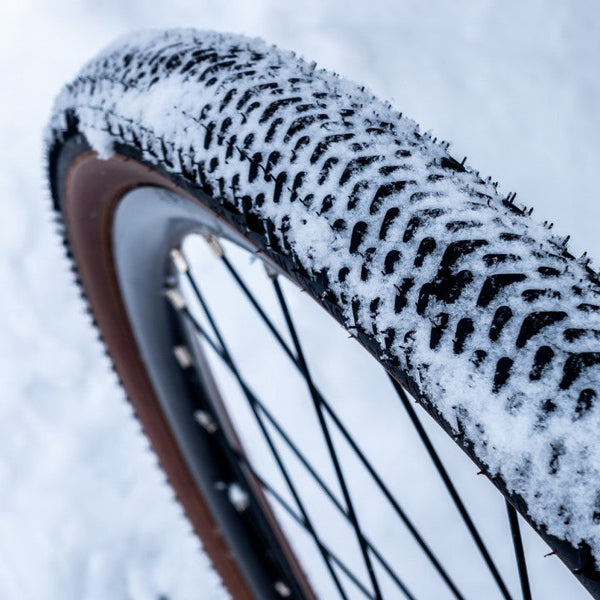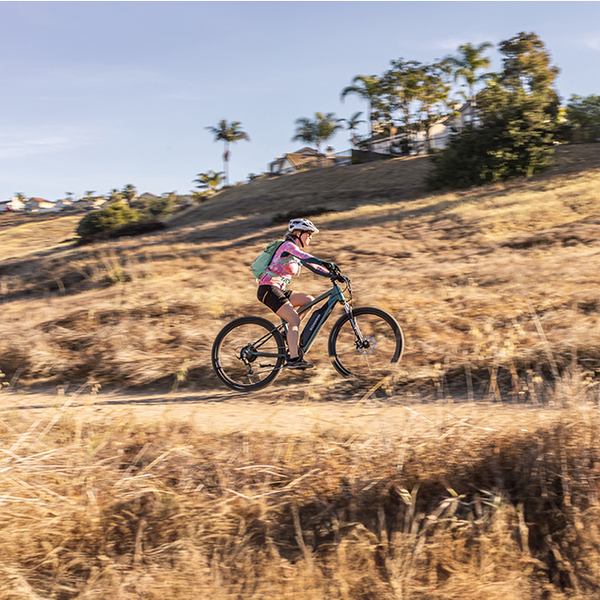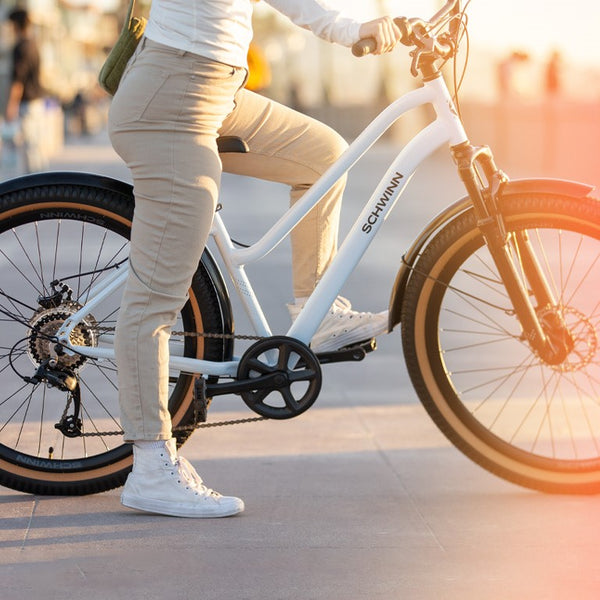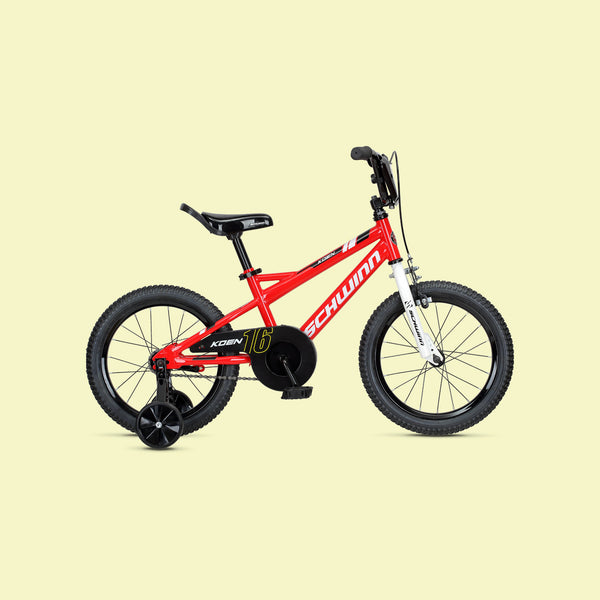Feeling a little flat? The bike tires, we mean. Adding air to your tires is quick and easy. Check out our guide to learn how to inflate your tires correctly – and safely – whenever it’s needed.
Let’s get started.
There are just three basic steps to inflate your tires properly:
- Locate the recommended inflation pressure (PSI) on your tire.
- Identify your valve type.
- Use pump with correct valve type to inflate tires to the recommended PSI.
Note: If you’re repairing a flat, and you think their may be an air leak, check out our Guide to Fixing a Flat Tire.
Now let’s get into the details.
Step 1: Locate the Recommended Inflation Pressure on Your Tire
Every tire has a maximum inflation recommendation (usually in PSI or bars) labeled on the side of the tire. This number tells you how much air your road, mountain, cruiser, or hybrid bike needs. Different bike tires require different inflation pressures, so it’s important to check before you pump.
If you follow this number, you will be good to go. Riding with your tire pressure too low can lead to pinch flats. Pinch flats happen when you hit a bump with an underinflated tire and the tube gets pinched between rim and tire casing. The tube tears in two spots and looks like a snake bite. Conversely, riding with too much pressure can result in poor traction, and may make the ride feel bumpy and harsh.
Need a new tube for your tire? We’ve got just what you’re looking for.
Pro Tip: Different styles of bikes and tires have different recommended PSI ranges.

Step 2: Identify Your Valve Type
Valves come in two styles:
Presta: Presta valves are generally found on higher-end bikes and road bikes.
Schrader: Schrader valves are the same type as used on your car as well as many bike tires, including mountain, hybrid, and kids bike tires.
You’ll need to make sure the pump you use is compatible with the valve on your bike tire. Most Schwinn pumps feature a dual head, which can accommodate both types of valves.
Pro Tip: Remember to buy tubes with the right valve style.

Presta on the left. Schrader on the right.
Step 3: Tire Inflation

The best way to inflate tires is to buy a good pump. Gas station air compressors aren't very accurate, can fill too quickly, and don't always deliver high-enough pressures. A good floor pump has a large easy-to-read gauge, so there's no guesswork. And as we’ve mentioned earlier, you’ll need to make sure the pump has the right type of valve.

If you’re at home, a sturdy floor pump is a great choice. Floor pumps are designed for maximum efficiency and long-lasting use. Many are built with ergonomic grips and a long hose that makes it easy to reach the valve.

On the road, a small hand pump or carbon dioxide inflator is a good idea so you can change a flat tire if you should need to. Similarly, a frame pump is a small pump that attaches right to your bike frame for extra convenience.
Quick Tip: A road bike tire at 100 PSI can just barely be compressed when pushing on it with your thumb.
We hope you found this guide helpful. Remember, never hesitate to contact your local bike shop for additional advice, resources, or even to just find the right pump!












